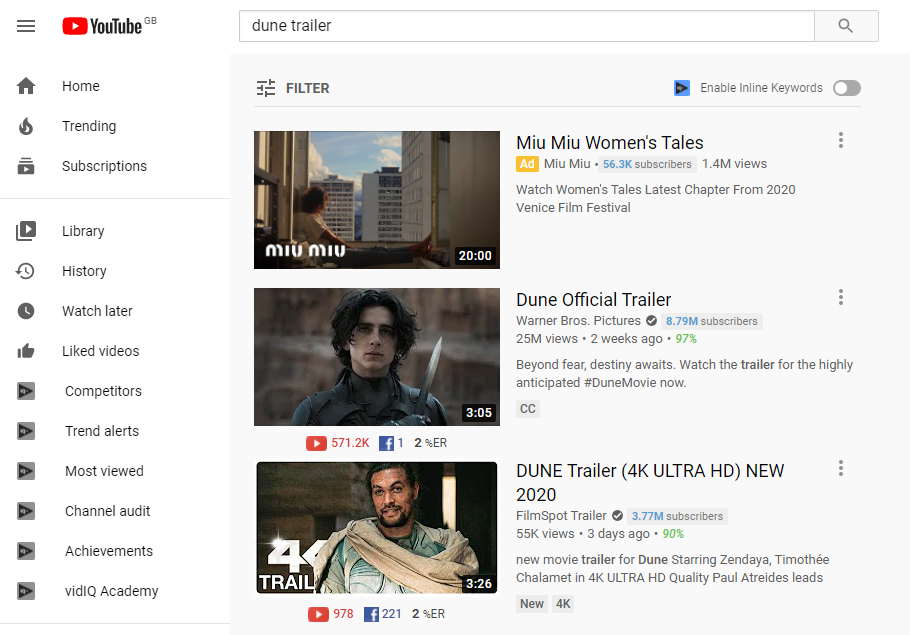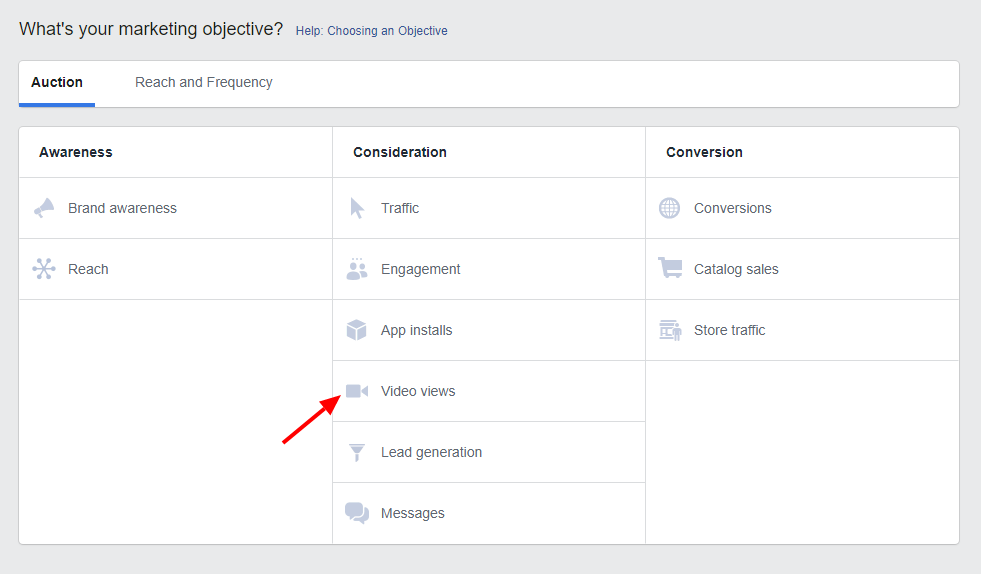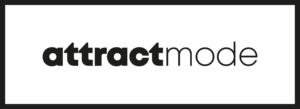The games industry is currently holding its breath. The start of the next gen battle is almost begun and we have some prices at last. The Xbox Series X and its smaller companion, the Xbox Series S, will cost $499 and $299 respectively (around £449 and £249). The PS5 is on an even playing field, with a cost of $499 for the standard edition and $399 for the digital edition (£449 and £359). But while we wait for the November releases, everyone is sort of just twiddling their thumbs.
To pass the time, some have turned to the wonders of Xbox’s Game Pass – a library of games you can peruse at your own pace for just pounds a month. And it isn’t the only such service out there. There’s also Uplay Plus, EA Play, PlayStation Now, and even Apple Arcade.
It’s the “Netflix-ification” of gaming and has gathered a lot of steam. This isn’t shaping up to be a flash-in-the-pan fad like motion controls; it has the potential to be what defines the next generation. Not consoles, but services. But is this a good future for gaming? Or will cracks begin to show?
The competition
So who are the big players shaking up to be? Xbox Game Pass might have the strongest library so far due to their heavy investment in third-party studios. Now those investments are starting to pay off. At their recent showcase, they revealed a flurry of games, all of which are headed to Game Pass day one. Recently purchased studio Obsidian released a preview build of Grounded and announced their new RPG, Avowed. Ninja Theory also showed off Hellblade 2. And we would be remiss to mention Rare’s Everwild. All in all, their library currently has over 100 games and will grow quickly.
But with Xbox’s All Access deal likely coming to the Series X, the prospect becomes harder to resist. For a $35 per month contract, players can get a Series X console plus access to Game Pass. It’s no different from a mobile phone contract and is an appealing option for anyone who can’t foot the upfront cost.
Their largest competitor, PlayStation, will struggle to match that. They have PlayStation Now, born from the ashes of OnLive (which PlayStation purchased), creating Sony’s own cloud gaming platform. Just like Game Pass, it features a collection of first- and third-party games, though we don’t see Sony pushing quite as hard as Microsoft does for Game Pass.
To complicate matters, EA and Ubisoft also have their own platforms where they serve up their games. EA Play and Uplay Plus both feature the studios’ biggest franchises. With games like FIFA and Assassin’s Creed, it’s certainly a big draw. Then, on mobile, we have Apple Arcade, which offers a more casual experience using the same model.
And while we’re here, we should mention both PS+ and the Epic Games Store. While they aren’t game subscription services per se (PS+ is an online access subscription and Epic Game Store is, well, a storefront), both give away free games to draw you into their service. Their intentions are the same as everyone above.
A utopian future?
On the surface, this all sounds fantastic. For a set price, you can access a library of games and play at your leisure. As games push over £50 and look to go even higher in the next generation, it’s an appealing prospect. Even more so if it’s something like Game Pass and you can access brand new games immediately. And with 10 million subscribers for that platform alone, you can’t argue it isn’t working.
You could say it’s more consumer friendly. We’re being given access to hundreds of games – mere pennies each. And the newest games too – Game Pass subscribers can play the latest Microsoft Flight Simulator. PS+ subscribers were given Fall Guys for free in August; a brand new third-party title at no cost. A more apt comparison might be Spotify, with the latest albums released day and date.
But that might not be where the similarities will end. Artists on Spotify don’t earn a lot of money from their streams – potentially as little as 0.006 cents. So 1 million streams would earn them a whopping… $6,000. Great if you’re a huge artist who can guarantee an army of loyal listeners; not so much if you have a smaller audience. If they can listen to you on Spotify, what compels them to buy your album?
The same can be said for games – why buy them if you can access them for cheaper? It might sound good if you’re a first-party developer with that insulation, but third-party developers stand to make less from actual sales.
And as pro-consumer as it is, nothing is permanent. Games can be taken off these services, potentially leaving you halfway through a game. If it’s a massive game you can pour hours into, that’s a lot of time lost.
In conclusion…
All of this is without even mentioning the competition presented by cloud streaming services such as Google Stadia. Its recent launch was solid and they have a strong foundation to build on. The benefit over the other options is you don’t need the hardware; theoretically, you’ll be able to play your games wherever on any device you please. Their Pro version offers a small selection of free games and, were that to grow, it could become a fierce competitor.
What remains to be seen is how sustainable the idea is. Right now, it seems like a dream. With these services, what excels aren’t the big franchises we all know, but the smaller ones who stand to gain a whole new audience.
But we need to be careful and ensure developers who need the support find the funds they need. We have no doubt that the likes of Microsoft and Sony have this in mind, and their pursuit to bring more studios into their fold is part of that.
In the end, their goal is to create an ecosystem where people stay within their loop. That’s what services like PS+ and the Epic Games Store are hoping to achieve in particular. They want to drive traffic to their stores and online services and use these sweet treats as bait. It’s a fantastic tactic and one people won’t complain about as long as they get to watch their library grow.
The future of gaming might not necessarily be a war of platforms, but a war of services. The industry is no stranger to operating at a loss to bring in numbers, and this could be an extension of that. The mark of a winner may not be the amount of consoles sold but the number of subscribers you have. How that plays out who knows; we’ll have to wait and see.
At REALTIME, we’re ready for the future of gaming. And with our clients, we’re working on bringing it to the gaming community. If you’re looking for a creative partner for your next project, get in touch with me at [email protected].




